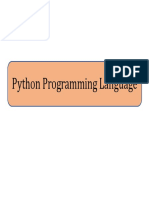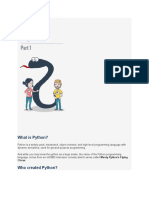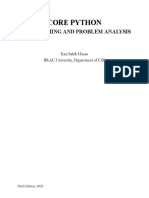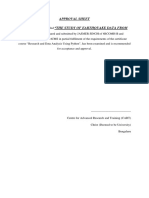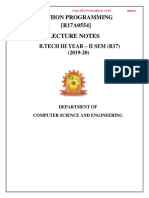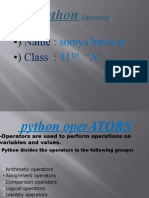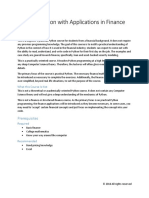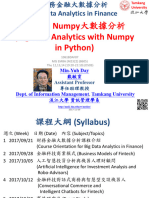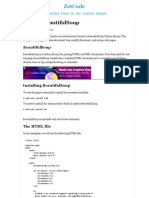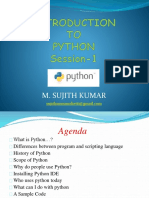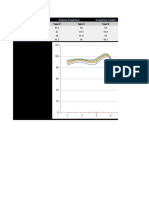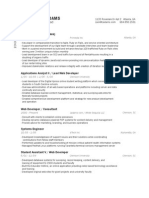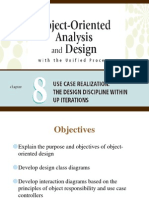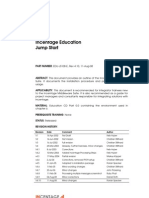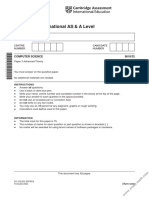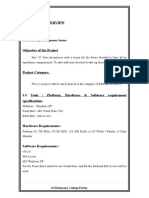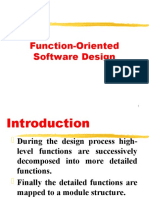0% found this document useful (0 votes)
514 views27 pagesPython
This document provides an overview of the Python programming language. It discusses that Python is a general purpose, interpreted language created in the late 1980s by Guido van Rossum. The document outlines Python's history, scope, popular uses, and why it is widely adopted. It also provides basic instructions on installing Python, running code, and shows snapshots of a sample Python project.
Uploaded by
jatin soniCopyright
© © All Rights Reserved
We take content rights seriously. If you suspect this is your content, claim it here.
Available Formats
Download as PPTX, PDF, TXT or read online on Scribd
0% found this document useful (0 votes)
514 views27 pagesPython
This document provides an overview of the Python programming language. It discusses that Python is a general purpose, interpreted language created in the late 1980s by Guido van Rossum. The document outlines Python's history, scope, popular uses, and why it is widely adopted. It also provides basic instructions on installing Python, running code, and shows snapshots of a sample Python project.
Uploaded by
jatin soniCopyright
© © All Rights Reserved
We take content rights seriously. If you suspect this is your content, claim it here.
Available Formats
Download as PPTX, PDF, TXT or read online on Scribd
/ 27







